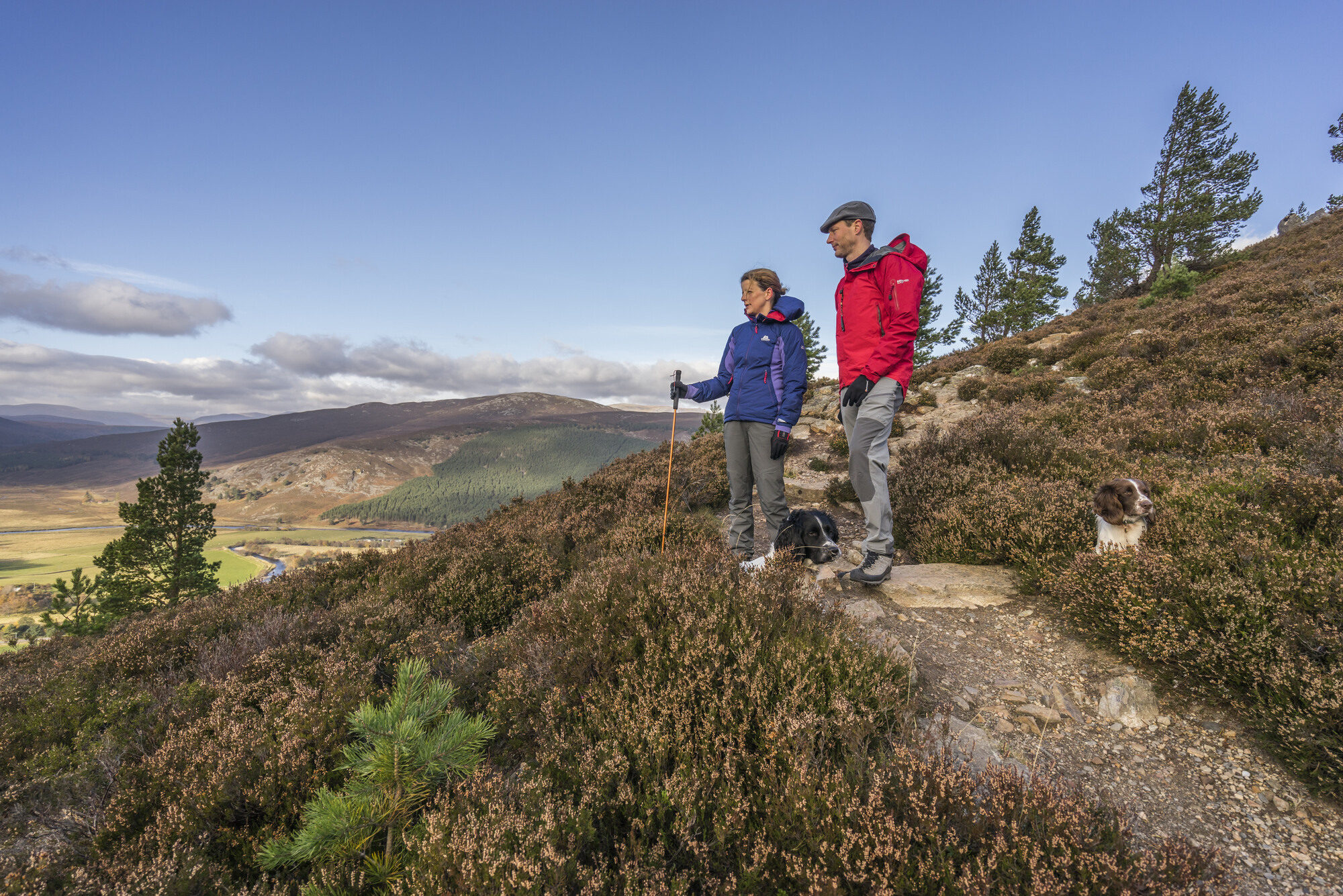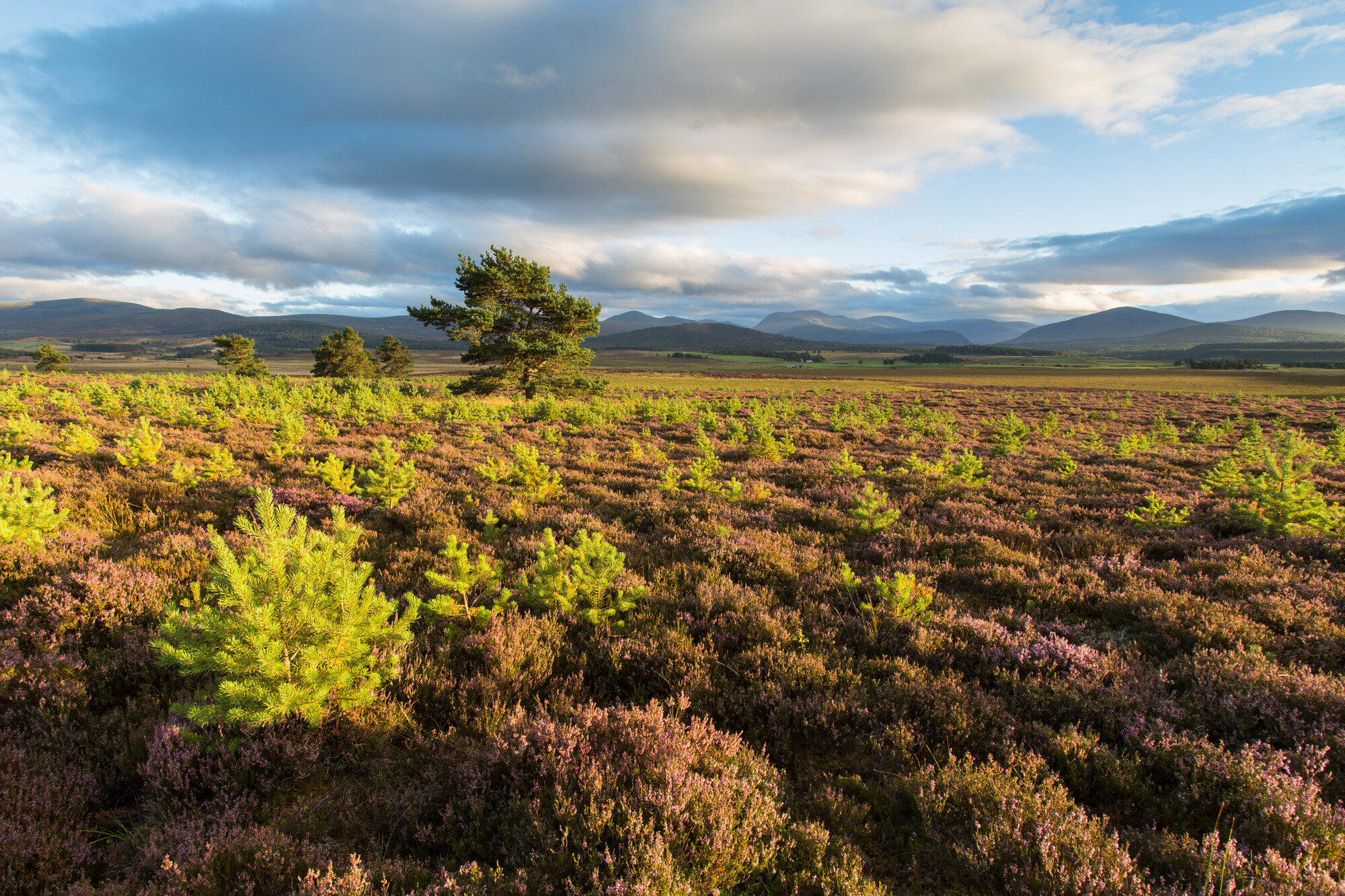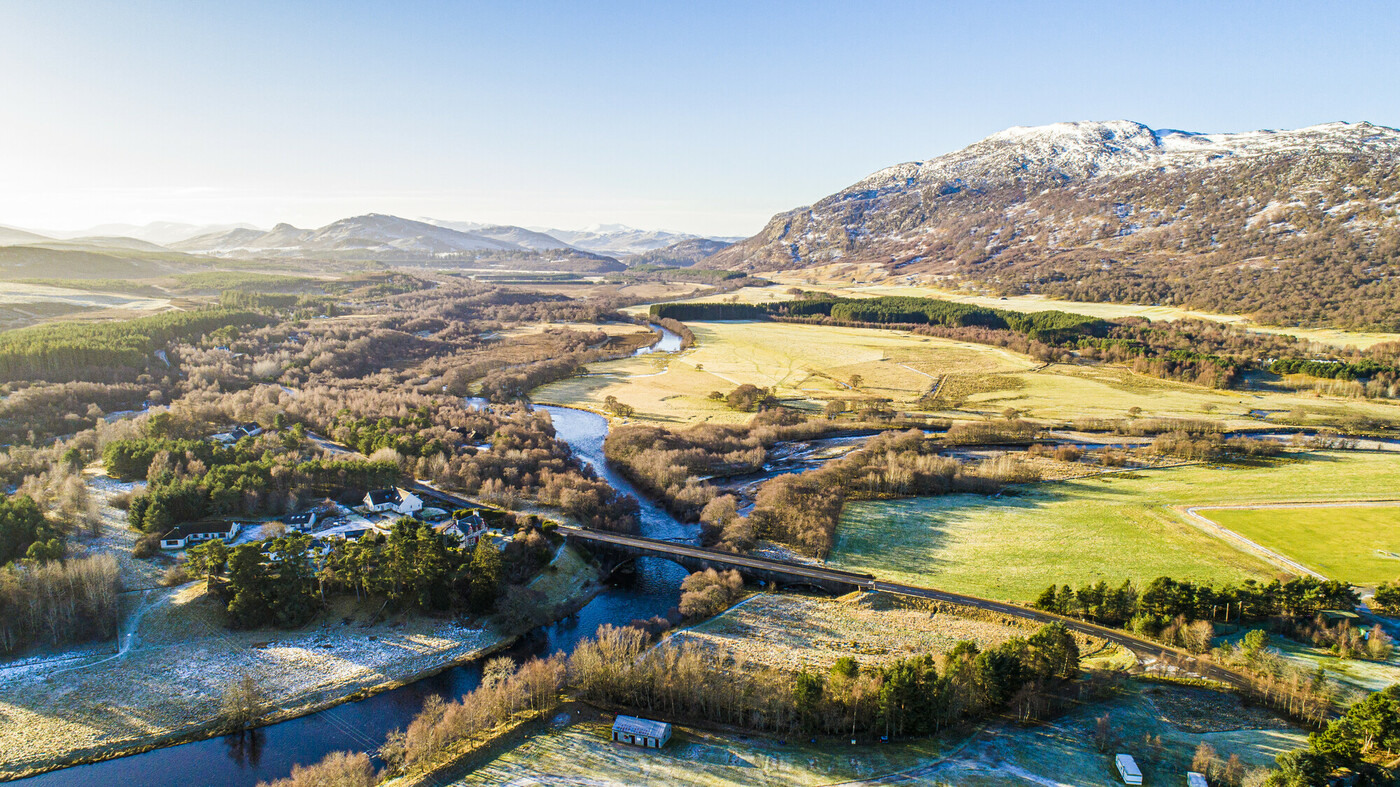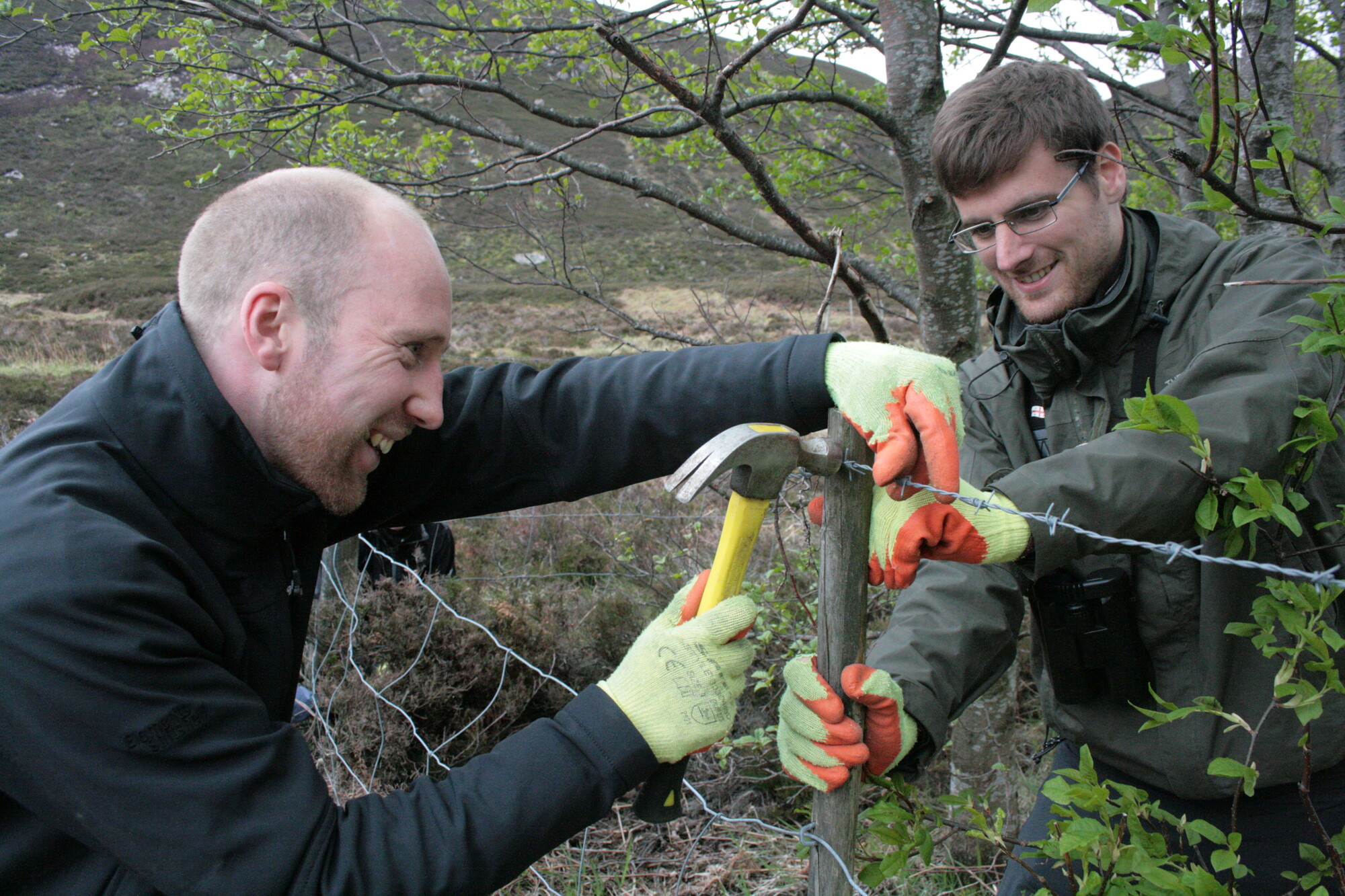Formal board meeting - paper 7 - Environment and Land Use Strategy consultation - 26 September 2025
Formal Board Paper 7 26 September 2025 Page 1 of 4
For Information Title: Environment Strategy and Land Use Strategy consultations Prepared by: Andy Ford, Director of Nature and Climate Change
Purpose Scottish Government are currently consulting on the draft Environment Strategy and Scotland’s Fourth Land Use Strategy, to be published March 2026. The paper presents the key points the Park Authority wishes to make in order for public policy and strategy to best support delivery of the National Park Partnership Plan (NPPP).
Recommendations The Board is asked to: α) Note the key points the Park Authority wishes to make as part of the consultation responses
Strategic context
- The Environment Strategy is the overarching, high-level framework for delivering Scotland’s commitments to tackling the global crises of biodiversity loss, climate change and pollution in the wider context of national societal and economic needs.
- The Strategy brings together existing policies and strategies from across areas of Government such as biodiversity, climate change, food, energy, transport, outdoor learning, circular economy and planning, to ensure that Scotland can play its full role in tackling the twin crises, that the country’s consumption does not exceed what can be sustained, and that society and the economy thrive as part of change.
- The Land Use Strategy focusses on the land use element of delivery of the Environment Strategy. It sets out the vision and direction for integrated land use, and the supporting policies and activities to deliver it. There is a commitment to produce a land use strategy every five years. It has been referenced in various land use policies, including planning, and has been central in guiding work on the
Formal Board Paper 7 26 September 2025 Page 2 of 4
Regional Land Use Partnerships (RLUPs) and Regional Land Use Frameworks (RLUFs).
- The National Park is a RLUP, with the NPPP as the RLUF: the spatial, natural capital-based approach to directing resource towards a set of agreed regional priorities for integrated land management.
- The four aims of the National Park are: α) To conserve and enhance the natural and cultural heritage of the area; b) To promote sustainable use of the natural resources of the area; c) To promote understanding and enjoyment (including enjoyment in the form of recreation) of the special qualities of the area by the public; and d) To promote sustainable economic and social development of the area’s communities.
- These aims are to be pursued collectively. However, if there is conflict between the first aim and any of the others, greater weight is given to the first aim. This helps ensure the environment underpins the economic, social and recreational value of the National Park.
Strategic alignment with the National Park Partnership Plan
- The vision and outcomes for Scotland’s environment are well represented in a broad, overarching framework. The breadth of existing policies and strategies the framework points to as mechanisms for achieving the outcomes are comprehensive and take full recognition of the need for a multi-sectoral, cross- Government approach.
- It is encouraging to see the environment and our actions to tackle nature loss, climate change and pollution as intertwined and integral to delivering positive societal change and thriving, nature positive and net zero circular economies.
- The Land Use Strategy makes a positive move from previous iterations describing the different land use sectors towards an integrated land use model that recognises the different demands on the same area of land and the need for discussion around prioritisation and trade-offs.
Formal Board Paper 7 26 September 2025 Page 3 of 4
- Baselines for current land cover are helpful. Further data and mapping will be crucial as an evidence base for future discussions around targets and ambitions and how they interact. It would also be good to see some descriptions of land use as well as land cover. Sporting, a significant land use in the Cairngorms is not recognised.
- Acknowledging the competing demands on land from a public policy, funding and regulation perspective highlight the need for a more coordinated approach and that not all outcomes are compatible eg herbivore impacts cannot be maintained, or increased, where woodland expansion and peatland restoration are considered to be priorities. Themes may help structure the conversations around how different sectors fit with each other. More precise, specific principles could guide or inform land use decision making as best as possible.
- Activities such as river restoration, peatland restoration and woodland expansion deliver multiple benefits eg slowing the flow, improving water quality, carbon storage and biodiversity. The Land Use Strategy could give clearer leadership on land use and the delivery of multiple benefits, including supporting land-based businesses through changing policy, incentivisation and support schemes.
Conclusion
- The recognition of the positive and interlinked role the environment plays in delivering for a wealthier, fairer, and greener Scotland is welcomed. National Parks play a vital role in demonstrating a holistic approach to people and nature thriving together.
- Policy and incentive schemes alignment, mapping and data are crucial tools to aid land use decision making and integrated land use, and subsequently to the delivery of the NPPP. It is good to see this point reflected in the Fourth Land Use Strategy and the Park Authority looks forward to the next stage of the Strategy development where it goes on to provide these functions.
Formal Board Paper 7 26 September 2025 Page 4 of 4
Supporting information
- Draft Environment Strategy consultation https://www.gov.scot/publications/draft- environment-strategy/
- Fourth Land Use Strategy consultation https://www.gov.scot/publications/scotlands-fourth-land-use-strategy- consultation/
Andy Ford andyford@cairngorms.co.uk 09 September 02025




